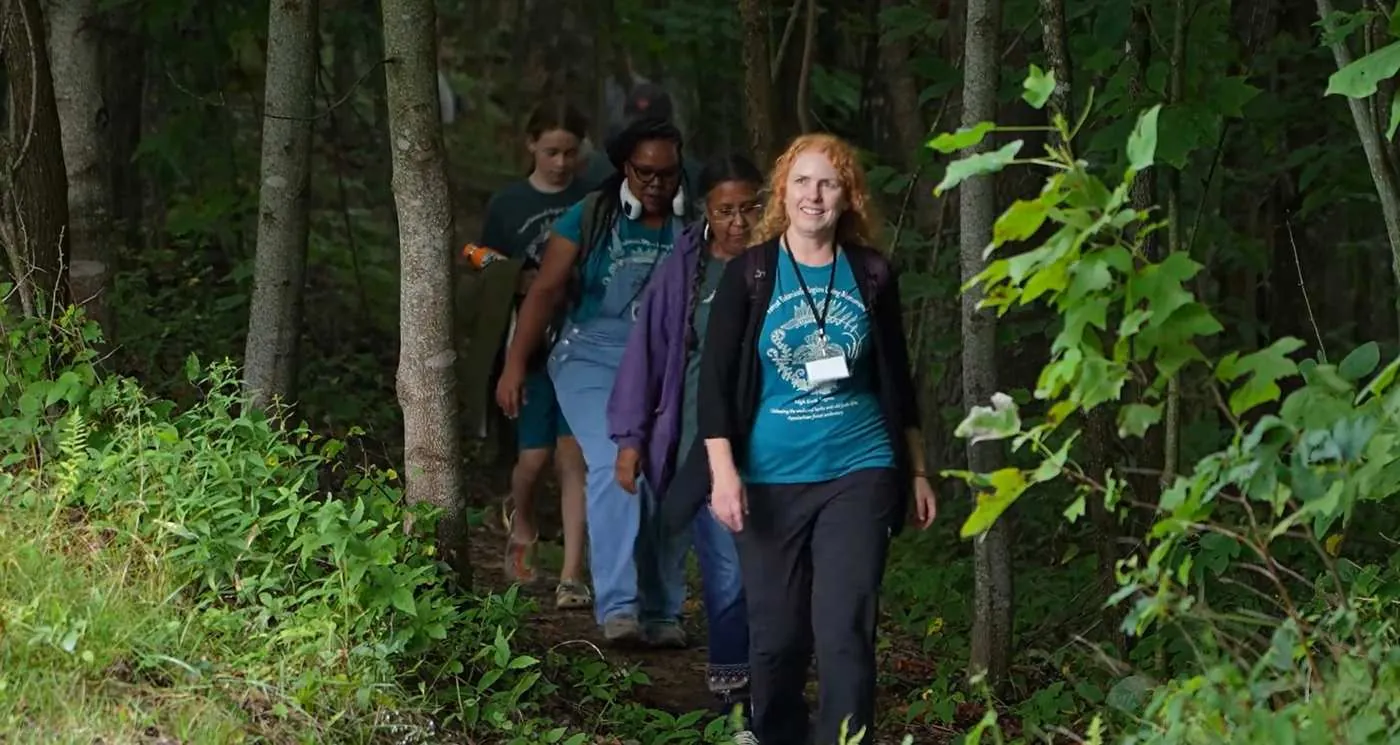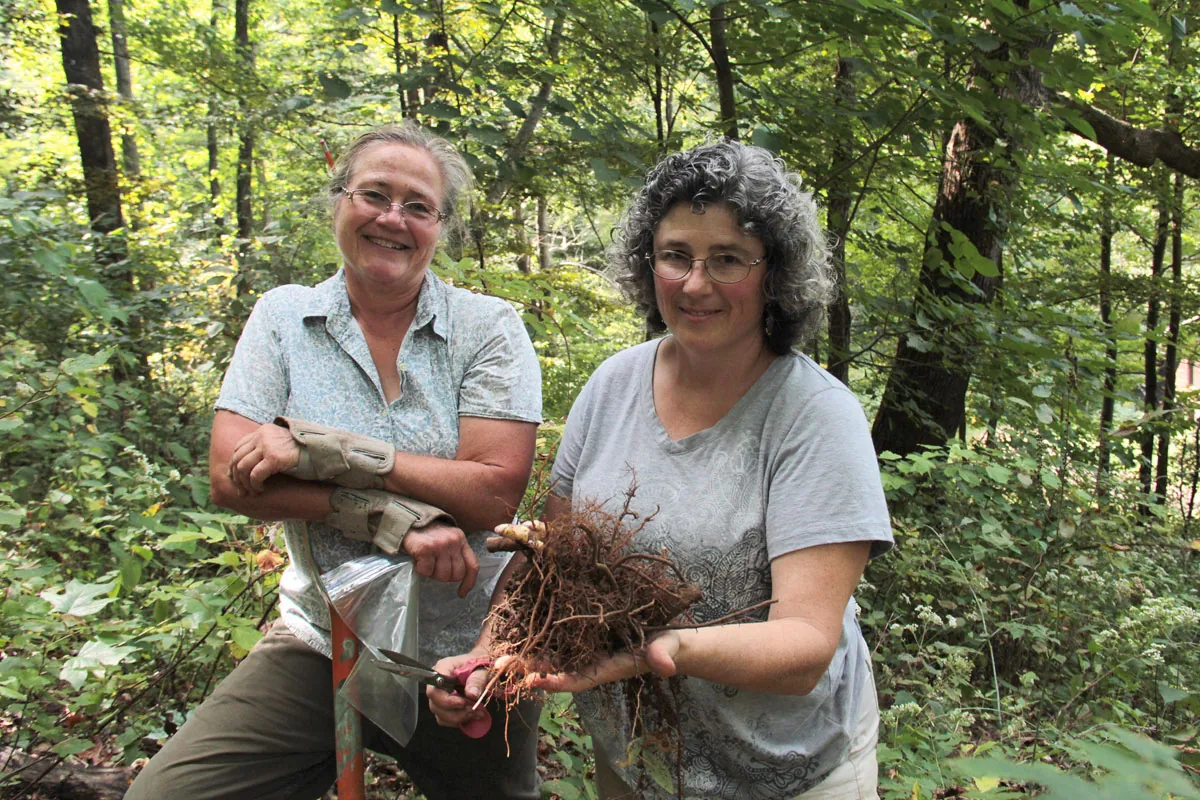Despite Central Appalachia’s reputation as coal country, beneath its diverse broadleaf canopy lies a rich world of native plants that contribute to North America’s medicinal herb supply.
Interestingly, the very communities once dependent on the coalfields are now sharing this botanical wealth with the country.
“Many different Appalachian people, from pre-colonization to the present, have tended, harvested, sold, and used a wide variety of forest botanicals like American ginseng, ramps, black cohosh, and goldenseal,” said Shannon Bell, a Virginia Tech professor in the Department of Sociology. “These plants have long been central to the livelihoods and traditions of many Appalachians.”
Fifty percent of the medicinal herbs, roots, and barks in North America’s herbal supply chain are native to the Appalachian Mountains. Most of these species are harvested or grown in Central Appalachia, which encompasses southern West Virginia, eastern Kentucky, far-southwest Virginia, and eastern Tennessee.
The United Plant Savers, a nonprofit dedicated to native medicinal plants and their habitats, has flagged many popular forest medicinals as species of concern due to their declining populations.

While the herbal supply chain is predominantly native to Appalachia, the herb gatherers themselves are also local. However, since processing into medicine and seasonings occurs outside the region, most of the industry’s profits do as well.
In a press release highlighting Bell’s outstanding research and advocacy within Appalachia’s botanical communities, she reflects on the moment her interest in the industry and the region first emerged—when she, like many others, was spending time in the nearby woods during the pandemic.
“My family and I spent a lot of time in the woods behind our house during quarantine,” Bell said. “We watched the spring ephemerals emerge in the forest understory—hepatica, spring beauty, bloodroot, trillium, mayapple. This experience deepened my appreciation for the region’s botanical biodiversity and made me realize I wanted to weave this new aspect of my life into my research.”
Working with co-investigator John Munsell at VA Tech’s College of Natural Resources and Environment, Bell’s project aimed to find ways for Central Appalachian communities to retain more of the profits from the herbal industry. At the same time, the project sought to ensure that populations of at-risk forest botanicals not only survive but also thrive and expand in the region.
Bell conducted participant observation and interviews with wild harvesters and is currently developing a mail survey for local herb buyers. She also piloted a ginseng seed distribution program and assisted a wild harvester in writing a grant proposal to start a forest farm.
“Economic development in post-coal communities often focuses on other types of energy development, like fracking and natural gas pipelines, or on building prisons and landfills. Central Appalachia is one of the most biodiverse places on the planet. I believe that placing greater value on this biodiversity is crucial for promoting a more sustainable future for the region,” Bell told VA Tech press.
Armed with a planning grant of nearly half a million dollars, Bell and collaborators are specifically targeting forest farming as a way to achieve that sustainable future.
Finally, with support from the nonprofit Appalachian Sustainable Development, Virginia Tech, the City of Norton, a team of sculpture artists, and various forest botanicals practitioners, Bell organized the creation of a ‘living monument’ along Flag Rock Recreation Area in Norton, Virginia.
This interpretive trail tells the story of the historical uses of these wild botanicals by different societies that have lived in Appalachia, as well as their ongoing value for people today.











Leave a Reply